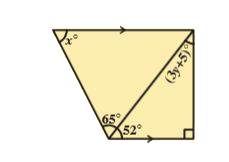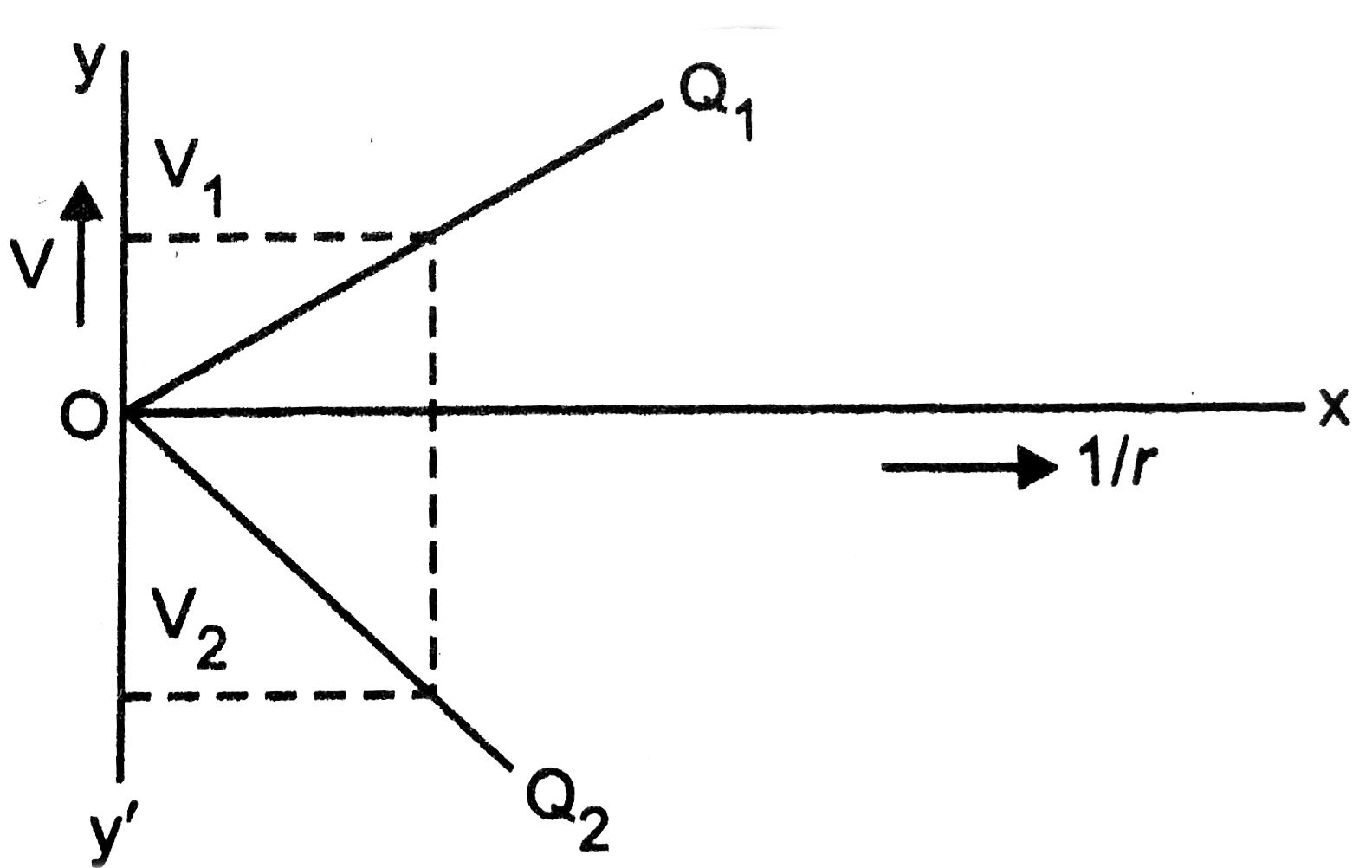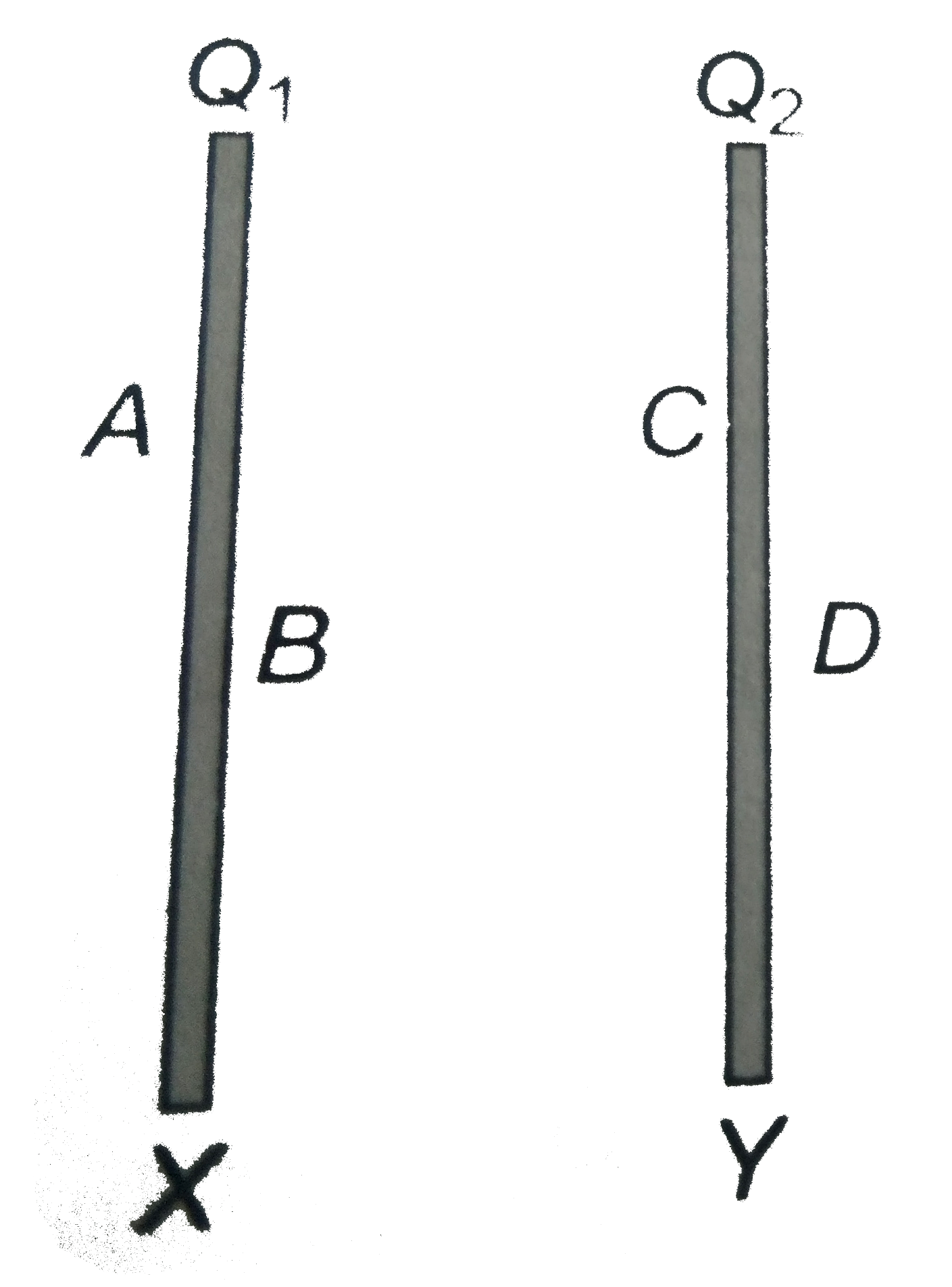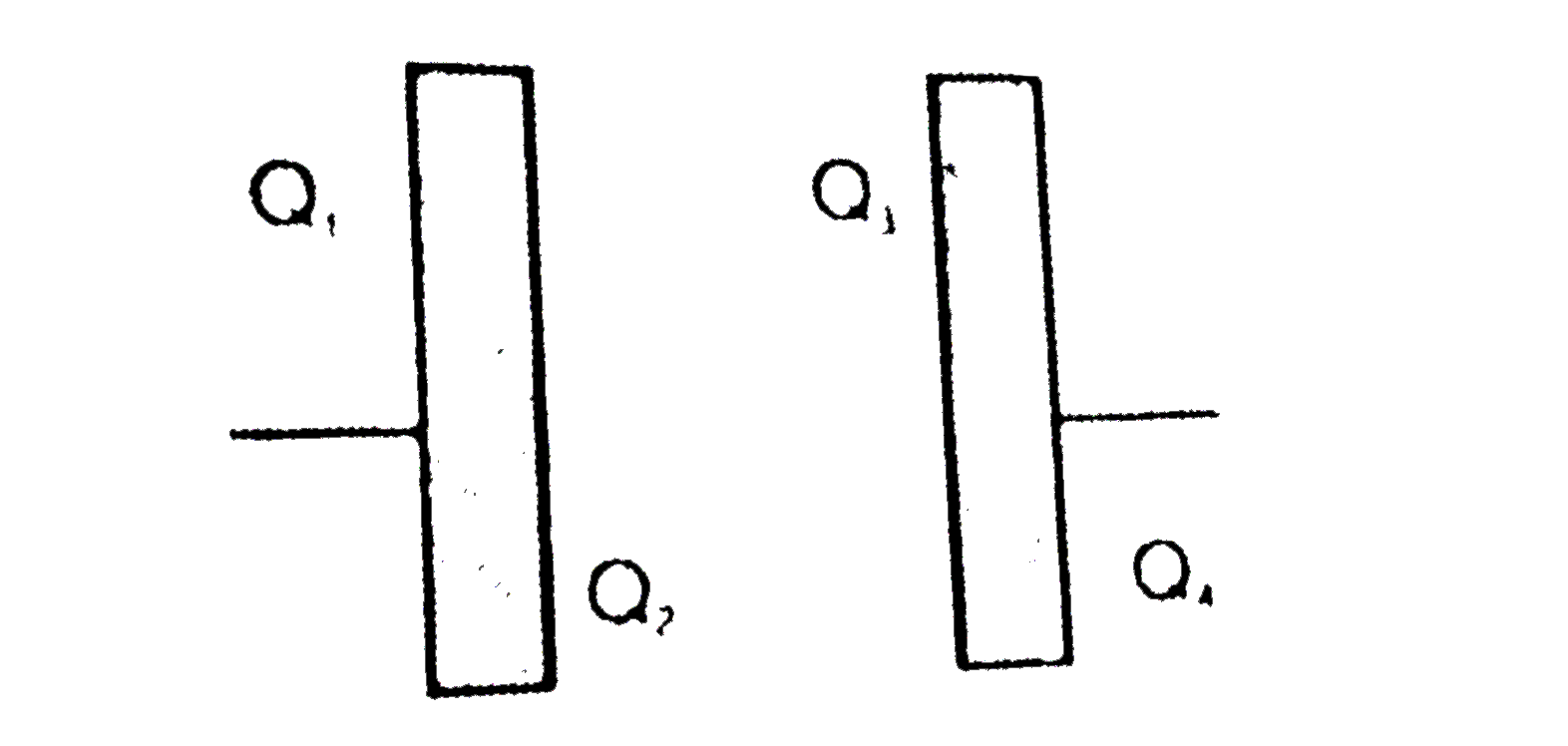What is the work done in increasing the charge from Q1 to Q1+δ1+δQ1, if the potential difference between the plates is V?Solution in Tamil
The correct Answer is:δw=V×δQ1
Step by step video, text & image solution for What is the work done in increasing the charge from Q_(1)" to "Q_(1) +delta_(1)+deltaQ_(1), if the potential difference between the plates is V? by Physics experts to help you in doubts & scoring excellent marks in Class 12 exams.
Topper's Solved these Questions
- BOOK - NEW JOYTHI PUBLICATIONCHAPTER - ELECTROSTATIC POTENTIAL AND CAPACITANCEEXERCISE - Previous Year Questions2videos
ELECTROSTATIC POTENTIAL AND CAPACITANCE
- BOOK - NEW JOYTHI PUBLICATIONCHAPTER - ELECTROSTATIC POTENTIAL AND CAPACITANCEEXERCISE - Competitive Exam Corner22videos
ELECTROSTATIC POTENTIAL AND CAPACITANCE
- BOOK - NEW JOYTHI PUBLICATIONCHAPTER - ELECTROSTATIC POTENTIAL AND CAPACITANCEEXERCISE - Practice Problems For Self Assessment23videos
ELECTROSTATIC POTENTIAL AND CAPACITANCE
- BOOK - NEW JOYTHI PUBLICATIONCHAPTER - ELECTROMAGNETIC WAVES EXERCISE - COMPETITIVE EXAM CORNER16videos
ELECTROMAGNETIC WAVES
- BOOK - NEW JOYTHI PUBLICATIONCHAPTER - MAGNETISM AND MATTEREXERCISE - COMPETITIVE EXAM CORNER13videos
MAGNETISM AND MATTER
Similar Questions
A. A device to store electrical charge is called
a. Transformer
b. Capacitor
c. Resistor d. Inductor
B. What is meant by energy density of a parallel plate capacitor?
C. Derive an expression for the energy stored in a parallel plate capacitor.
D. What is the area of the plates of a 0.1μF parallel plate air capacitor, given that the separation between the plates is 0.1 mm.05:05View SolutionFrom the figure find x and y.
 02:26View Solution
02:26View SolutionCalculating the work done in eV in carrying a charge +e Coulomb through a potential rise of 100 volts. (1.0eV=1.6×10−19joules)
01:32View SolutionIf the total electromagnetic energy falling on a surface is U, then the total momentum delivered (for complete absorption) is
02:03View SolutionChoose the correct statement .
03:20View SolutionIn plate A has 100 muC charge, while plate B has 60 muC charge. a. When both switches are open, then q_(1)="_____" q_(2)="______" q_(3)="______" q_(4)="_______" b. When switch S_(1) is closed, the q_(1)="_____" , q_(2)="______" q_(3)="_______" , q_(4)="_____" c. When switch S_(1) is also closed, then q_(1)="______" q_(2)="______" q_(3)="______" ltbrlt q_(4)="_______" . .
02:36View SolutionFig.1 shows the variation of electric potential V with 1/r, where r is the distance from the two charges Q1andQ2. Determine

(i) signs of two charges Q1andQ2
(ii) Which of the two charges has a larger magnitude ? Justify.01:29View SolutionThe work done in carrying a charge Q_(1) once round a circle of radius R with a charge Q_(2) at the centre is
01:47View SolutionTwo large , parallel conducting plates X and Y , kept close to each other , are given Q1 and Q2(Q1>Q2). The four surfaces of the plates are A,B,C and D , as shown

(i) The charge on A is 12(Q1+Q2)
(ii) The charge on B is 12(Q1−Q2)
(iii) The charge on C is 12(Q2−Q1)
(iv) The charge on D is 12(Q1+Q2)02:59View SolutionIn an isolated parallel plate capacitor of capacitance C , the plates have charge Q_(1) and Q_(2) . The potential difference between the plates is
01:09View SolutionIn an isolated parallel plate capacitor of capacitance C the four surfaces have charges Q1,Q2,Q3 and Q4 as shown in the figure. The potential difference between the plates is :
 03:14View Solution
03:14View Solutionq1 और q2 इस प्रकार के बिंदु आवेश है कि q1×q2>0 दोनों आवेशों के बीच बल की क्या प्रकृति है?
03:07View SolutionTwo plates ( area =s ) charged to + q_(1) and +q_(2)(q_(2) lt q_(1)) are brought closer to form a capacitor of capacitance C. The potential difference across the plates is
03:59View Solutionचित्र 2.58 में बिन्दु आवेश q1 और q2 की वैद्युत क्षेत्र रेखाएँ दिखाई गई है। q1 और q2 के क्या-क्या चिह्न हैं? यदि रेखाएँ आवेश के अनुपात में खींची गईं हों, तो अनुपात q1/q2 क्या है?
 03:36View Solution
03:36View SolutionA heat engine absorbs heat q1 from a source at temperature T1 and heat q2 from a source at temperature T2. Work done is found to be J(q1+q2). This is in accordance with
02:18View Solution

